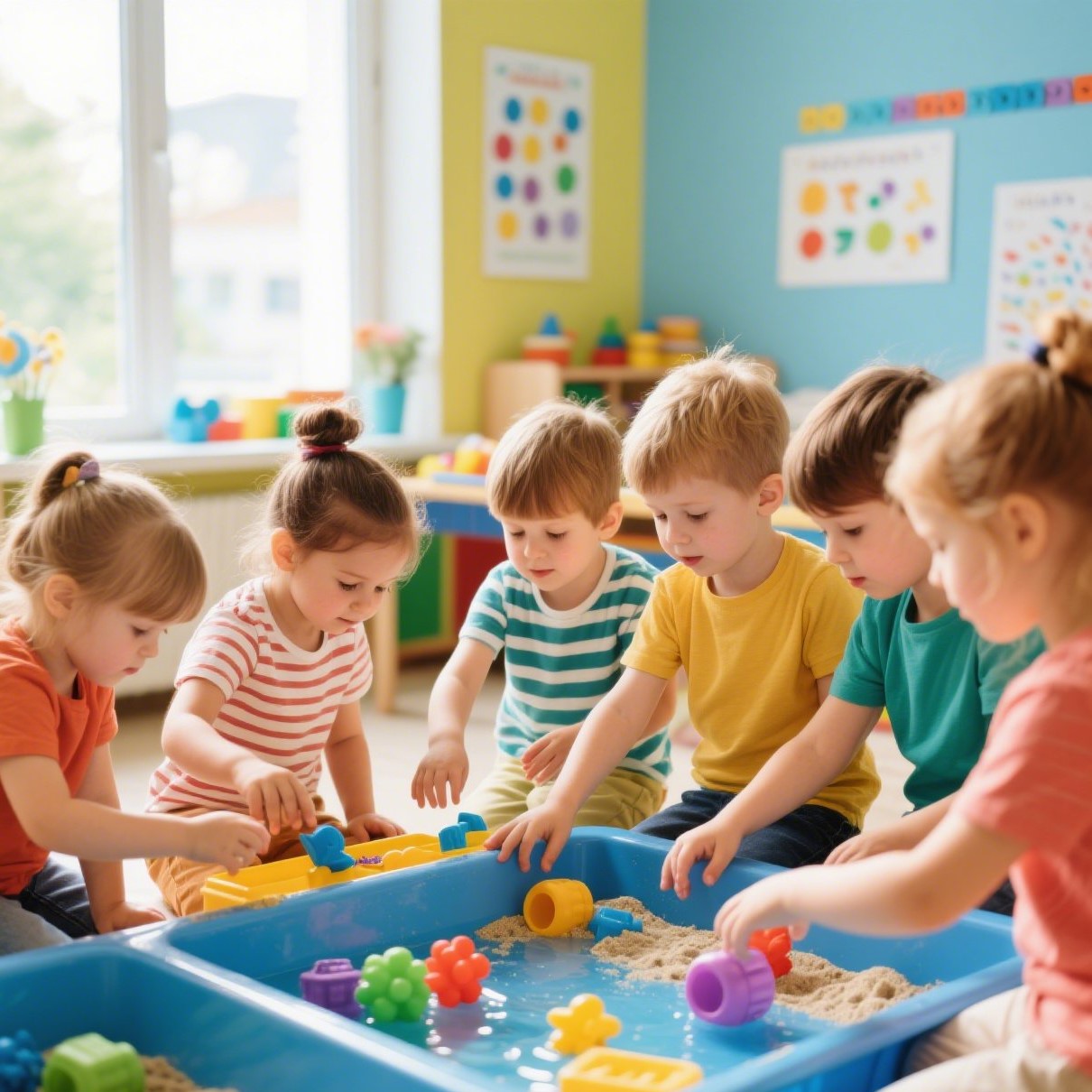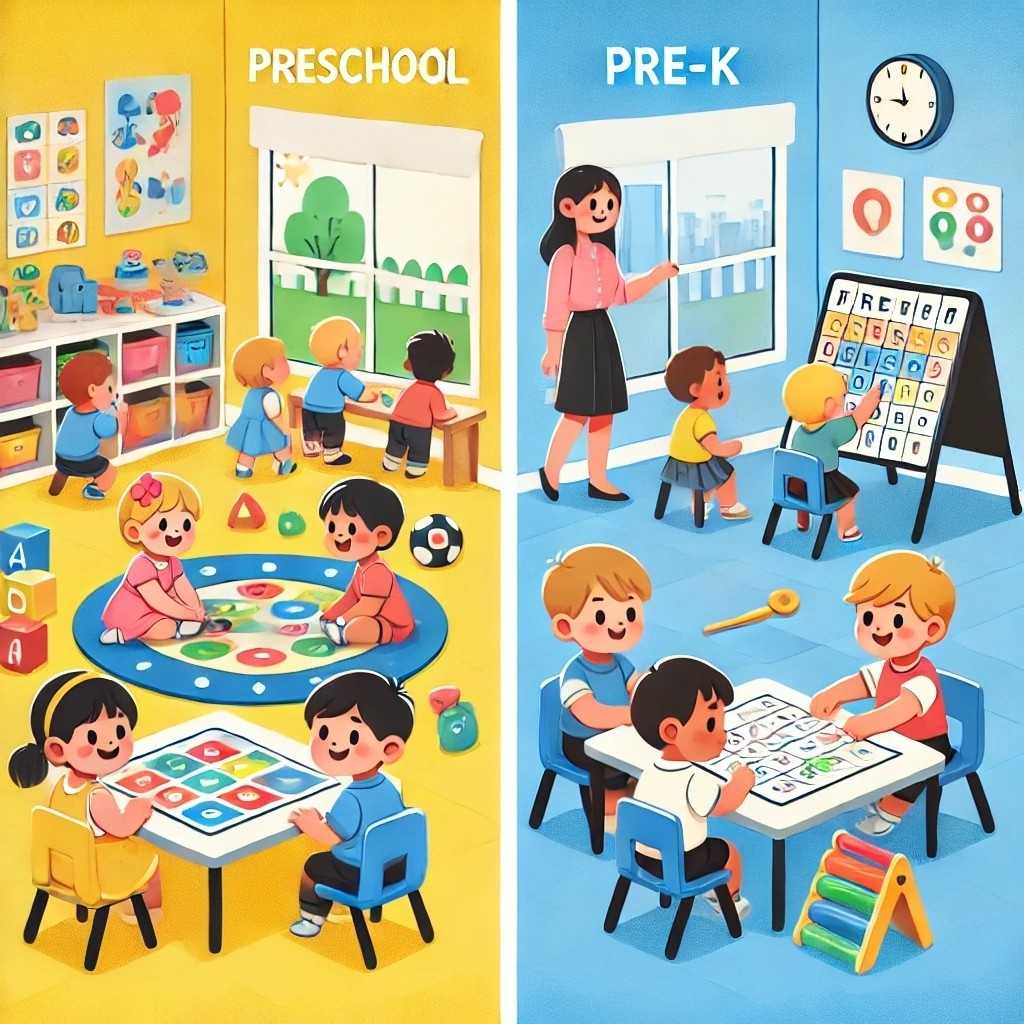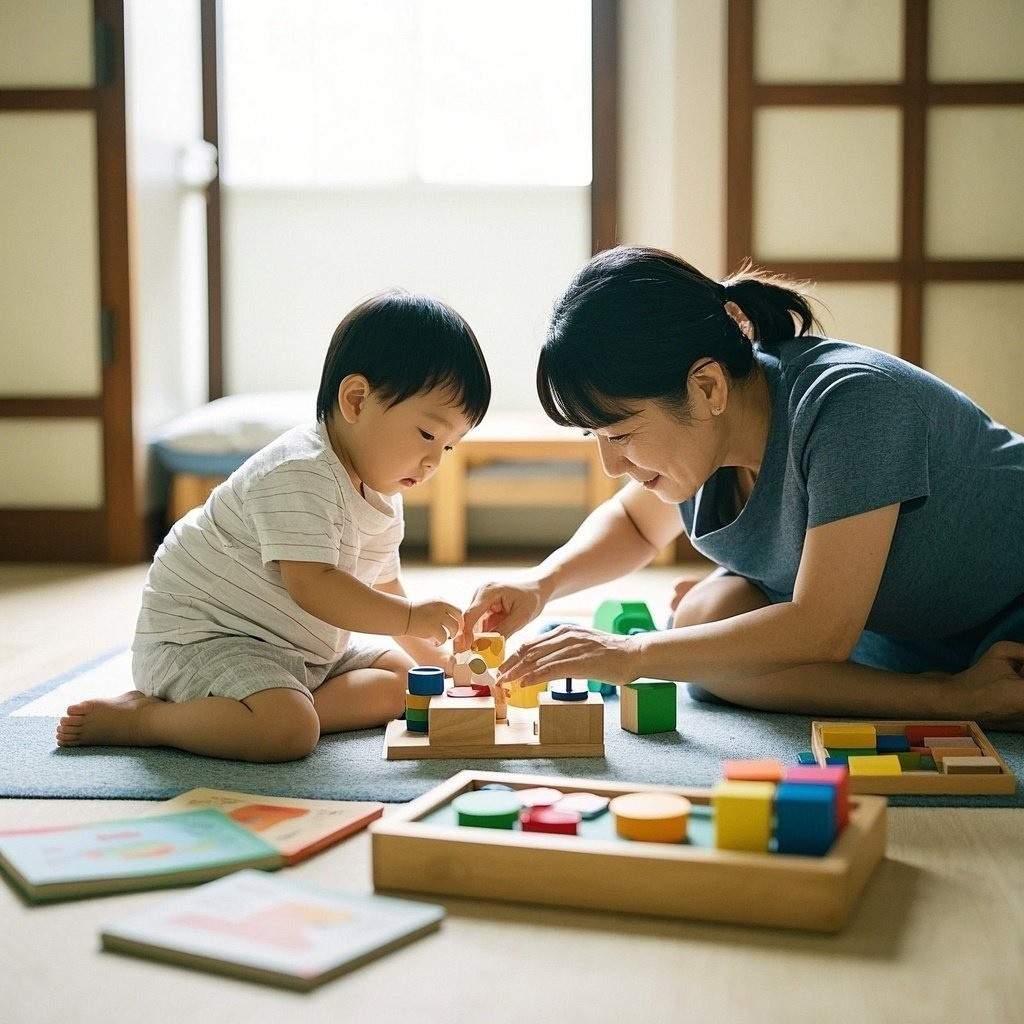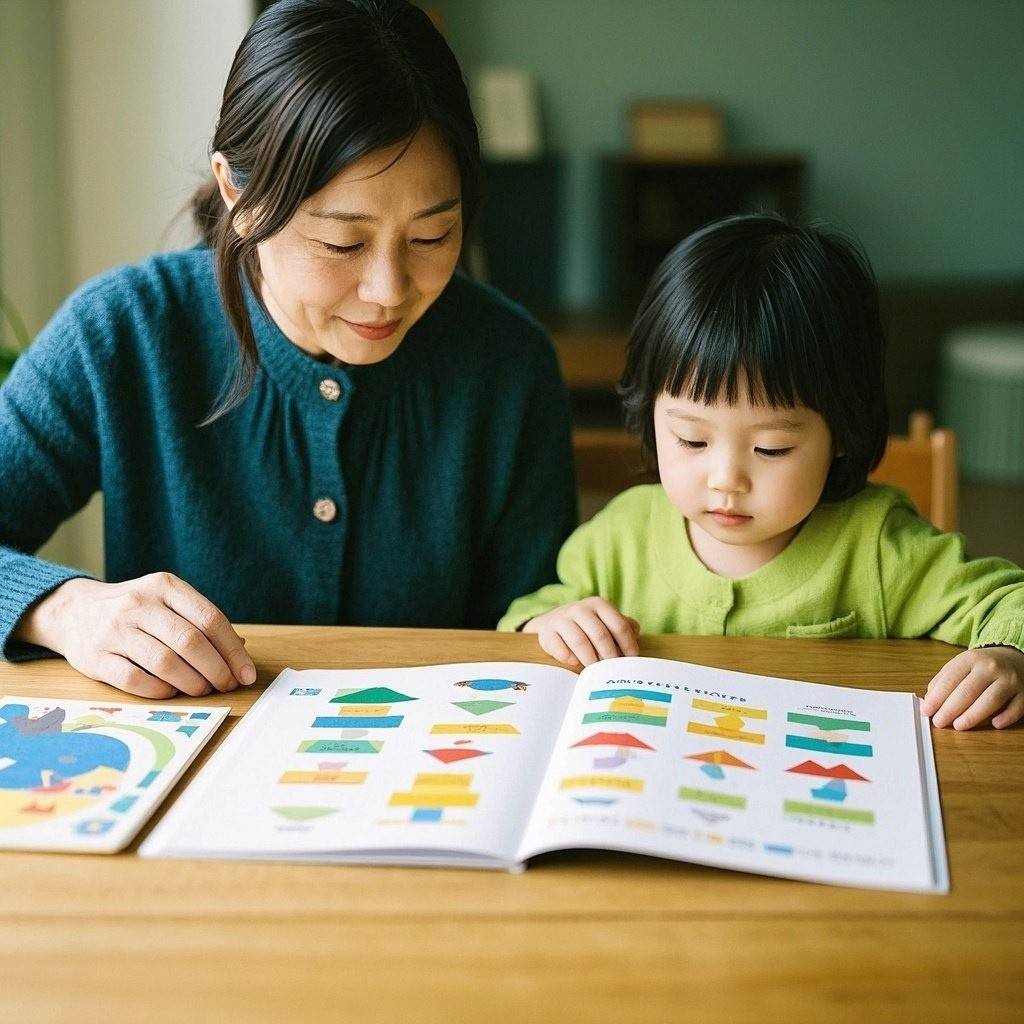In early childhood development, sensory learning activities have gained recognition not just for their cognitive advantages but for their powerful role in nurturing emotional growth. These hands-on, exploratory experiences stimulate a child’s senses—touch, sight, sound, smell, and movement—allowing them to better understand themselves and the world around them. But beyond sharpening motor skills or sparking curiosity, sensory play also helps children identify, manage, and express their emotions in a healthy and constructive way.
Understanding Sensory Learning
Sensory learning refers to activities that engage one or more of the senses to support a child’s development. Whether it’s squishing playdough, listening to calming music, or exploring a sand table, these experiences give children the opportunity to interact with their environment in a meaningful, tactile way.
Sensory play can be:
- Tactile – playing with different textures like rice, slime, or water
- Auditory – engaging with sounds, rhythms, or music
- Visual – identifying colors, shapes, or light contrasts
- Olfactory – experiencing various smells through scented items
- Proprioceptive and vestibular – involving movement and balance, such as swinging or jumping
These activities aren’t just fun—they help wire the brain for learning, processing, and responding to sensory input. And since emotions are deeply tied to sensory processing, engaging in sensory play provides a natural pathway to support emotional development in young children.
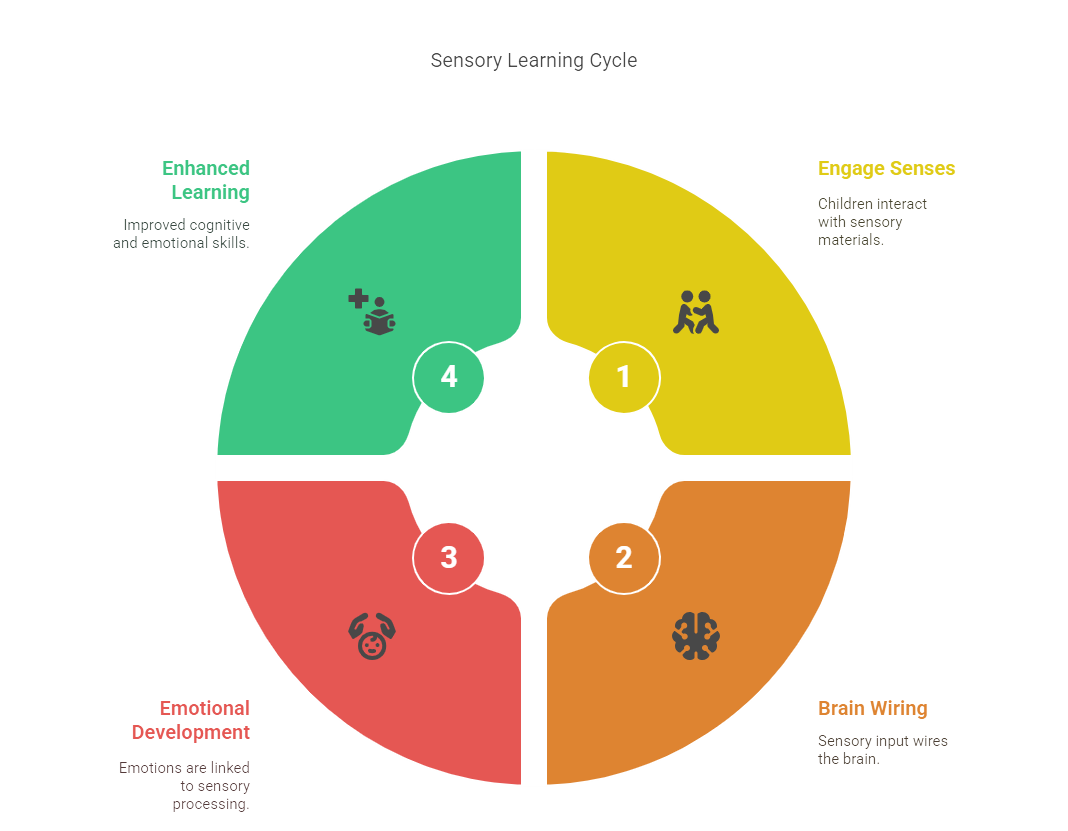
Emotional Growth in Childhood
Children’s emotional development involves learning to recognize, express, and regulate feelings such as happiness, sadness, frustration, and empathy. This process begins in infancy and continues through childhood, with early experiences playing a critical role.
Play is one of the most natural ways for children to express themselves. Through activities, especially sensory play, children can safely experiment with expressing emotions, coping with stress, and building resilience. As they grow, these foundational experiences lay the groundwork for stronger emotional intelligence and social skills.
How Sensory Activities Support Emotional Development
1. Emotional Regulation
One of the key benefits of sensory learning is helping children manage their emotions. Many sensory activities offer calming effects that support emotional regulation. For example:
- Running fingers through a sensory bin filled with rice or beans can soothe a child during a meltdown.
- Playing with kinetic sand or stress balls provides tactile input that grounds and relaxes the nervous system.
- Listening to soft music or white noise helps overstimulated children decompress.
By giving children the tools to regulate emotions through their senses, caregivers can reduce anxiety and create a more peaceful environment.
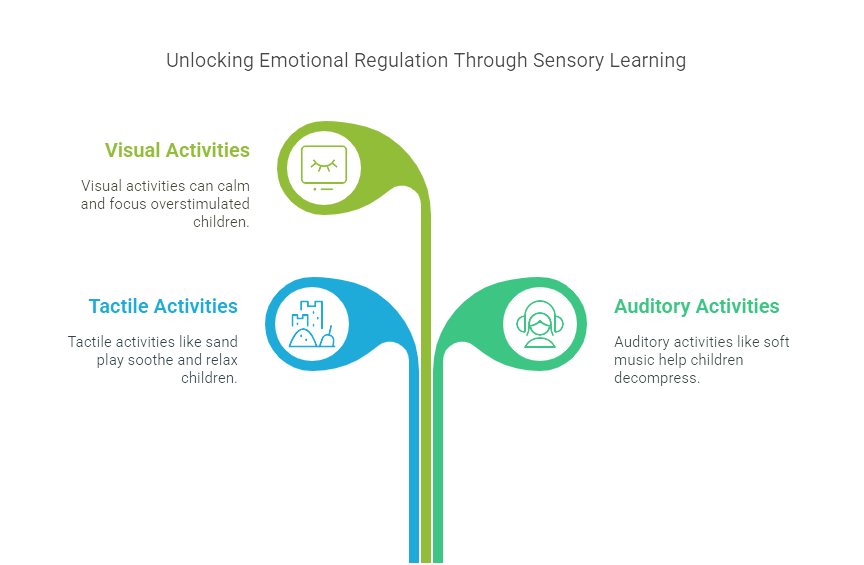
2. Building Self-Awareness
Sensory activities for kids encourage self-exploration, which fosters emotional awareness. Children begin to notice how different textures, sounds, or movements make them feel—do they feel calm, excited, overwhelmed?
These experiences teach kids to identify their feelings and how their bodies respond to different stimuli. For instance, a child might realize that swinging helps them feel less anxious, or that squeezing a squishy toy helps them release anger. This self-awareness is key to long-term emotional health.
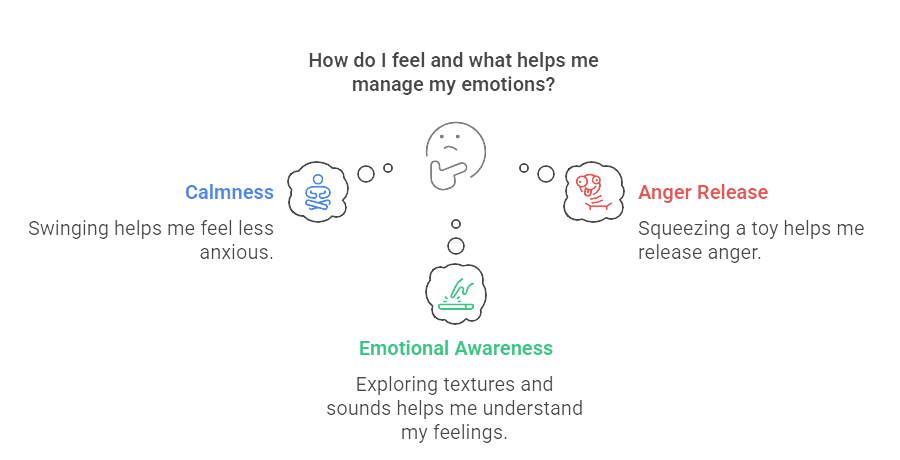
3. Enhancing Communication and Social Skills
Sensory play is often interactive, creating opportunities for cooperation and communication. When children play together—pouring water, making music, or building with blocks—they learn to express ideas, share materials, and read social cues.
For children who struggle with verbal communication, sensory experiences offer nonverbal ways to express feelings. Finger painting might express joy, while rough playdough sculpting could signal frustration. Recognizing these expressions allows caregivers to support emotional discussions and teach vocabulary around emotions.
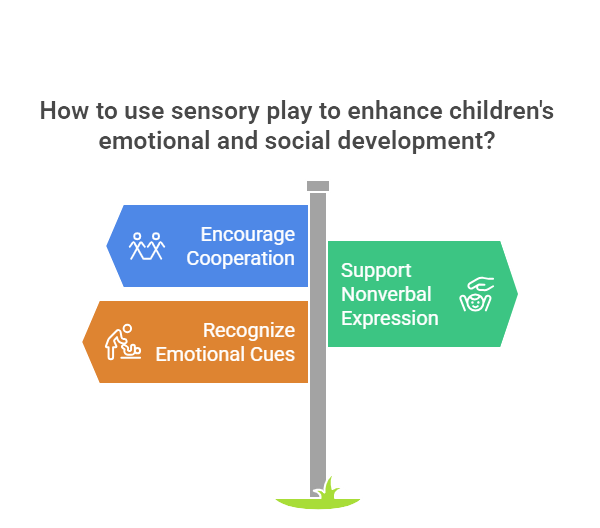
4. Boosting Confidence and Resilience
Completing a sensory task—like mixing colors in a sensory bag or balancing on a wobble board—can give a child a great sense of accomplishment. These small victories build confidence and a willingness to take on challenges.
Additionally, some children may initially be hesitant about certain textures or experiences. With gentle encouragement, they can overcome fears, which builds resilience. Facing and working through sensory discomfort helps them cope better with emotional and social challenges as well.
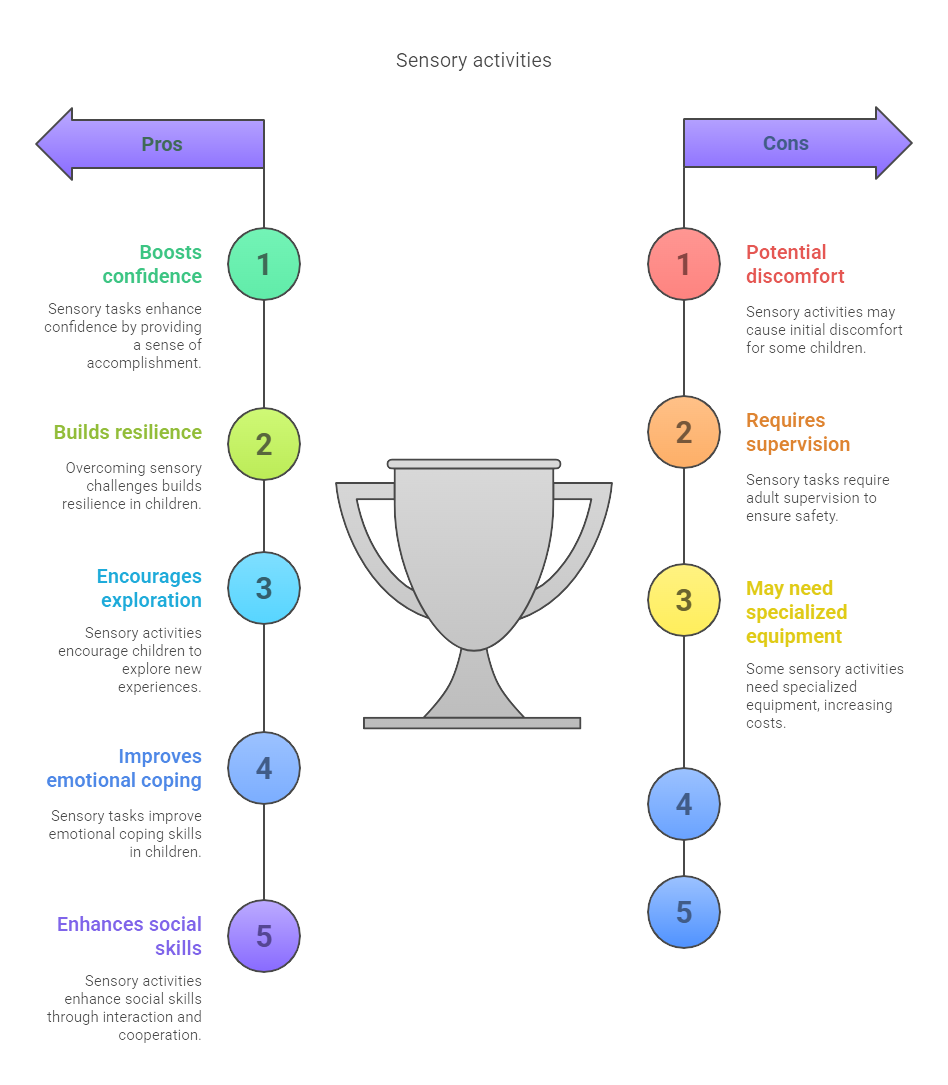
Sensory Activities That Promote Emotional Growth
Here are a few sensory learning activities that effectively support emotional development in kids:
1. Sensory Bins
Fill bins with rice, pasta, beads, or sand for scooping, pouring, and exploring. Add calming elements like lavender or smooth stones to promote relaxation.
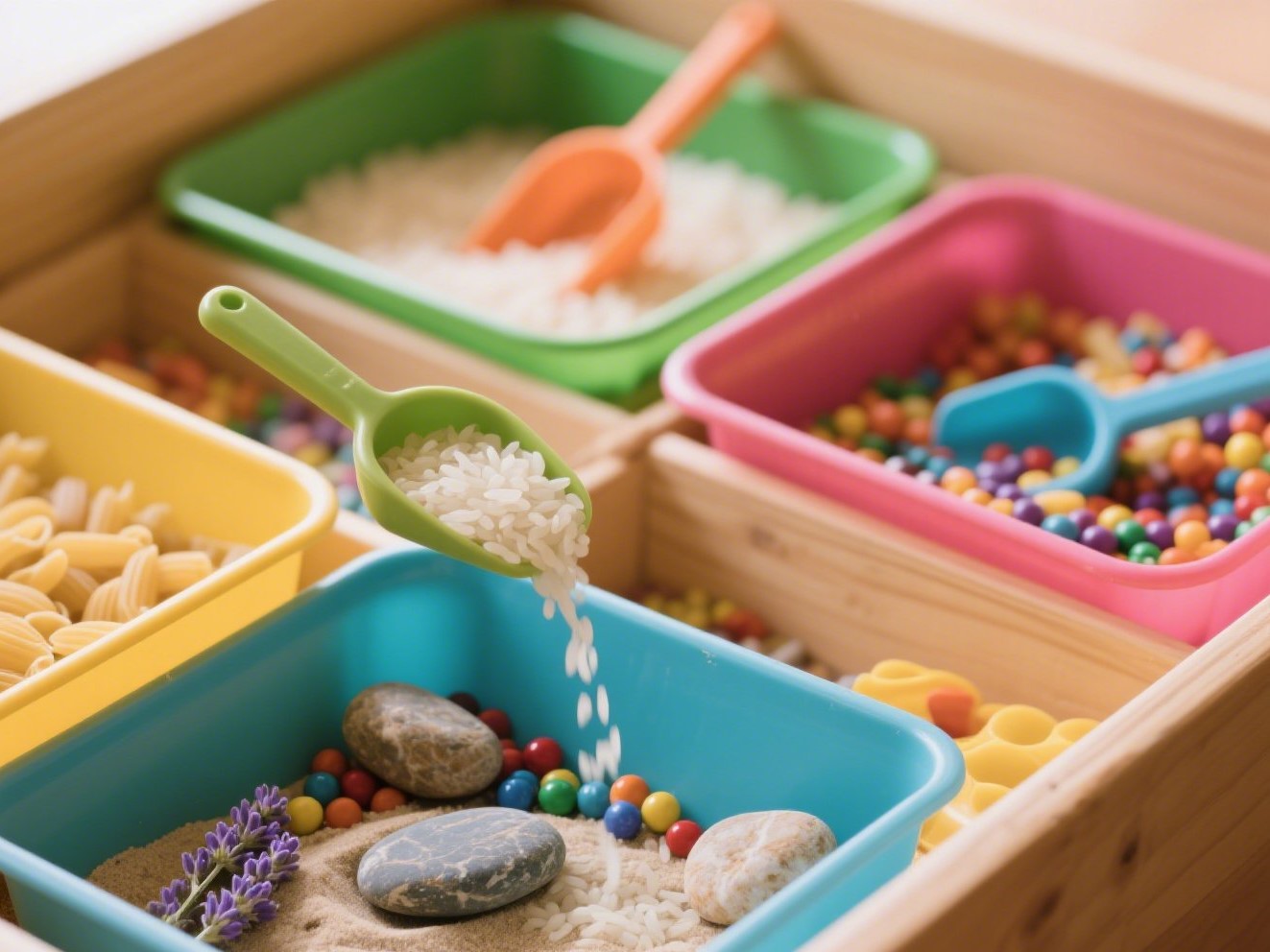
2. Water Play
Splashing, pouring, and floating objects in water has a soothing effect. Add bubble foam or ice for added sensory dimensions.
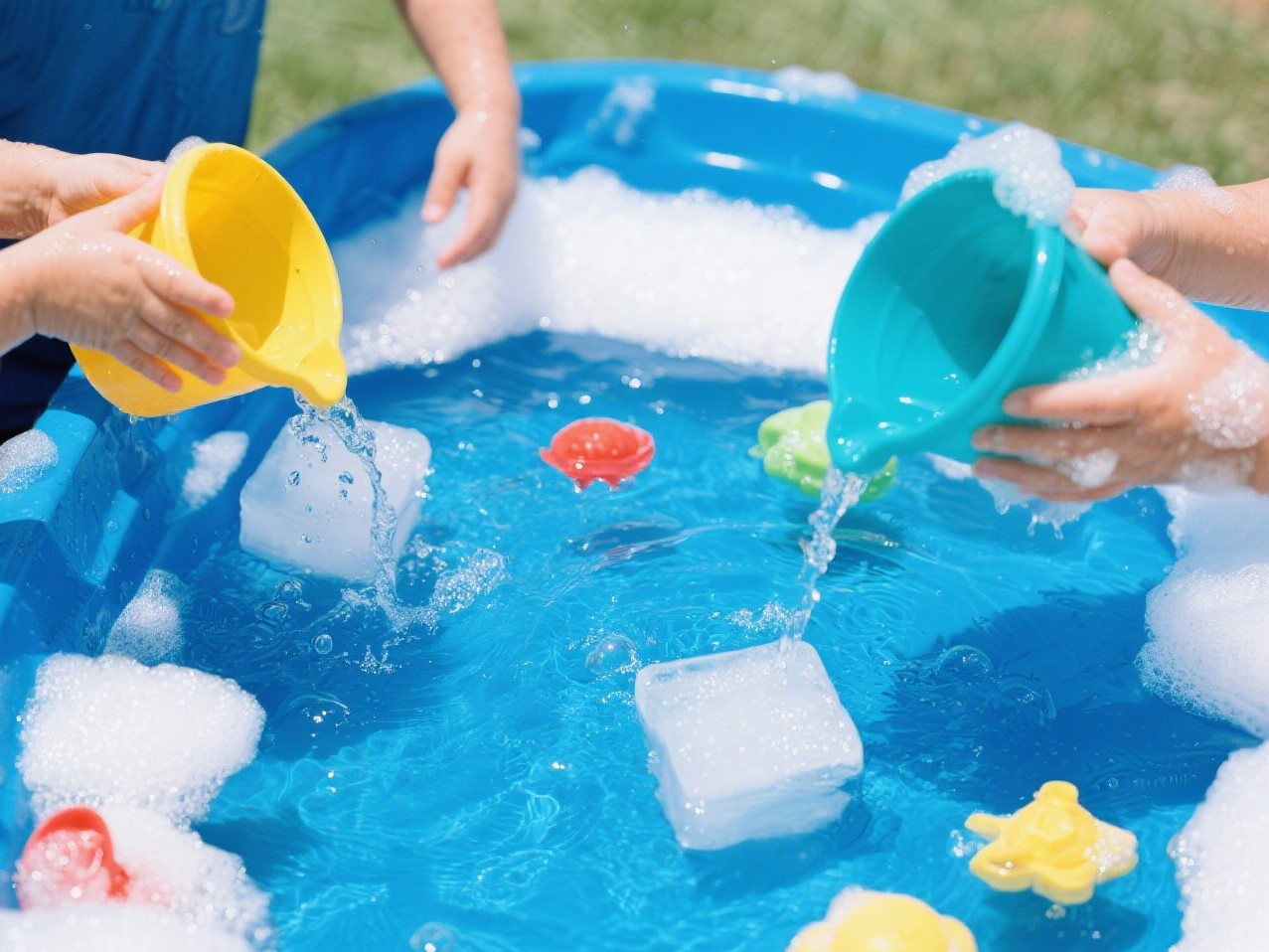
3. Music and Movement
Dancing to rhythmic music or playing instruments helps children express joy or let off steam. Slow, melodic tunes can aid in calming down.

4. Nature-Based Sensory Play
Playing with mud, leaves, or water in a natural setting is grounding and rejuvenating. The fresh air and natural textures offer rich sensory input.

5. Aromatherapy Playdough
Combine playdough with scents like lavender or peppermint to activate the sense of smell while kneading helps reduce stress.

Tips for Parents and Educators
Integrating sensory learning into your routine doesn’t require fancy toys or elaborate setups. Here are a few simple strategies:
- Create a sensory-friendly space: A corner with soft lighting, calming textures, and sensory tools like stress balls or fidget toys can become a safe haven for emotional regulation.
- Follow the child’s lead: Observe how your child responds to different sensory experiences and adapt based on their needs.
- Balance stimulating and calming play: While high-energy activities like jumping or bouncing are great, make sure to pair them with calming activities to help children find emotional balance.
- Talk about feelings during play: Use language to help children label emotions. “That squishy ball seems fun! Does it help when you feel frustrated?” This builds emotional vocabulary.
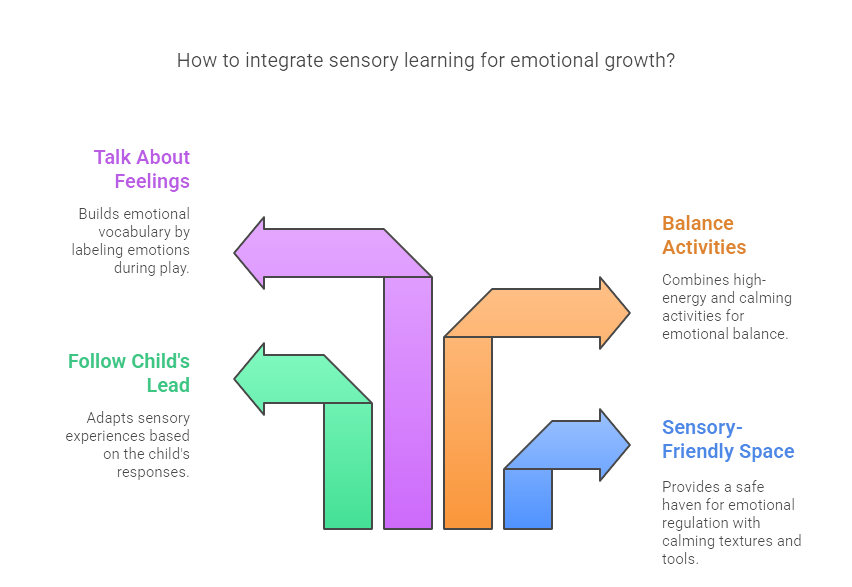
Conclusion
The connection between sensory learning activities and emotional growth is undeniable. Through play that engages their senses, children learn how to understand and manage their emotions, build social skills, and develop self-confidence.
By incorporating sensory activities for kids into daily life, parents and educators can create a nurturing environment that supports both mental and emotional development. These experiences don’t just soothe today’s tantrums—they shape tomorrow’s emotionally intelligent, resilient adults.

